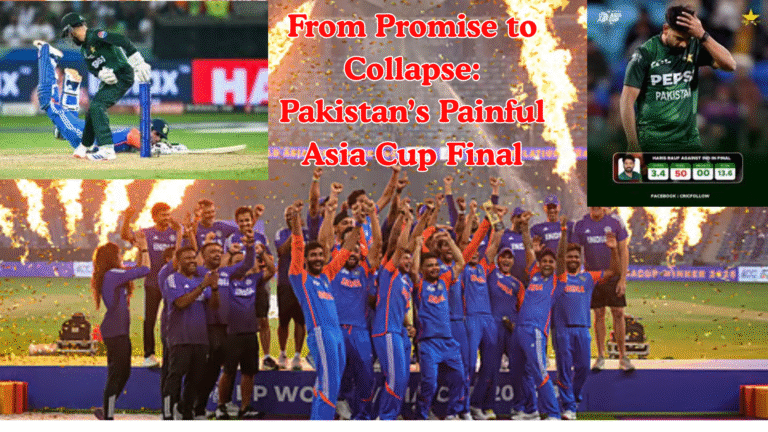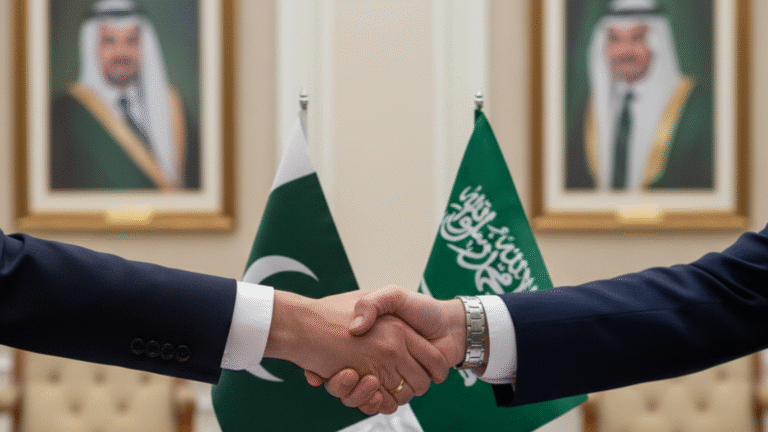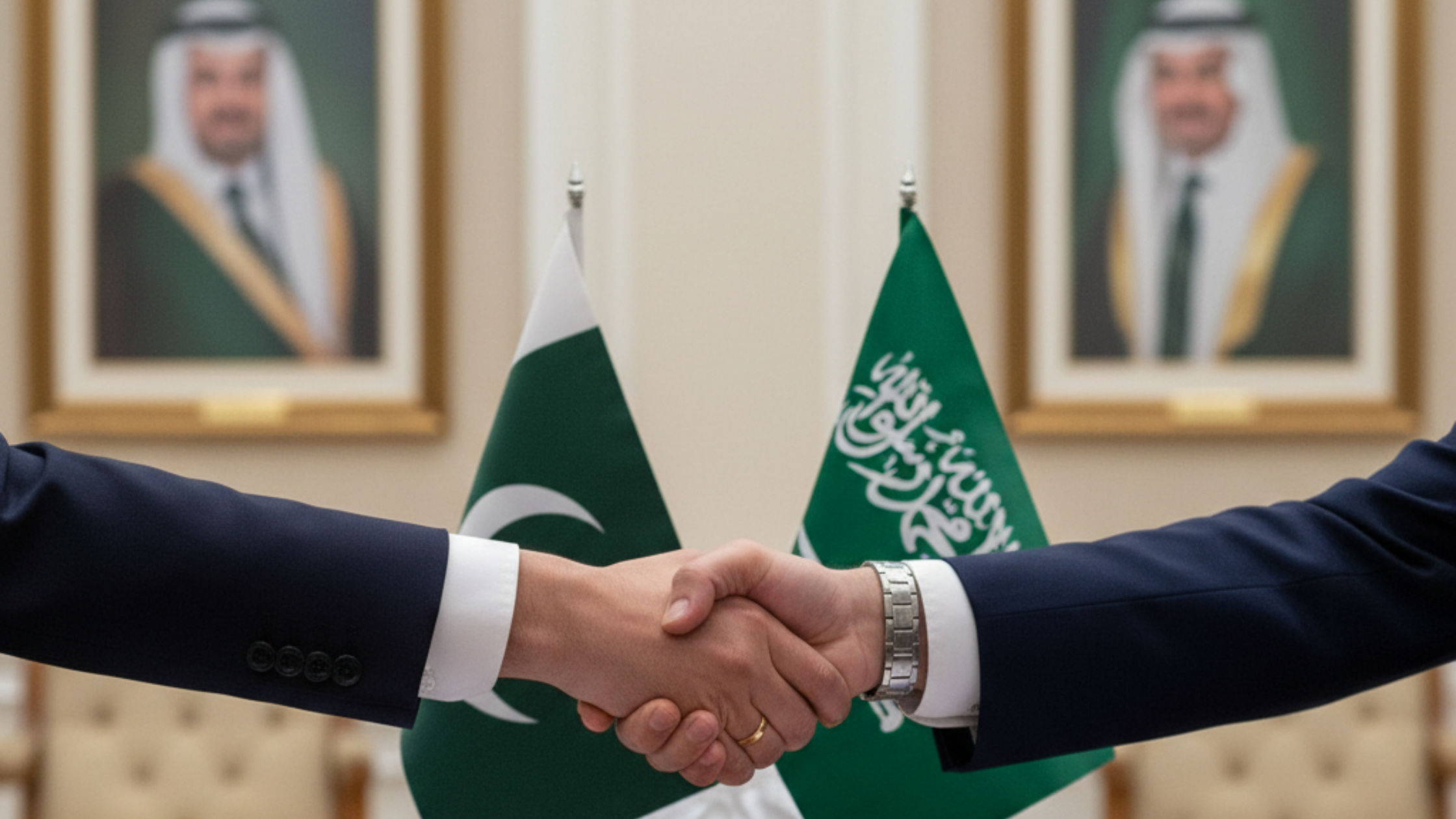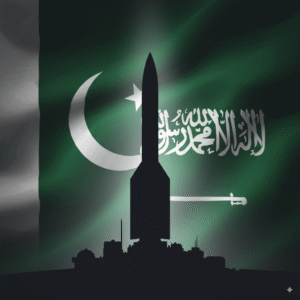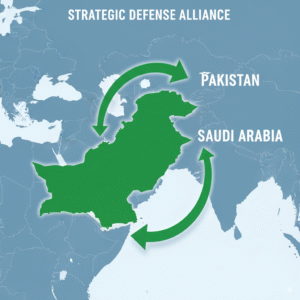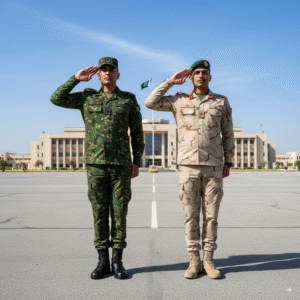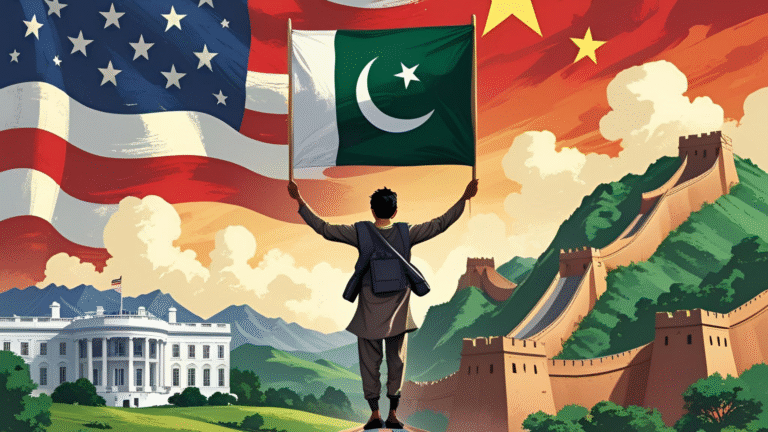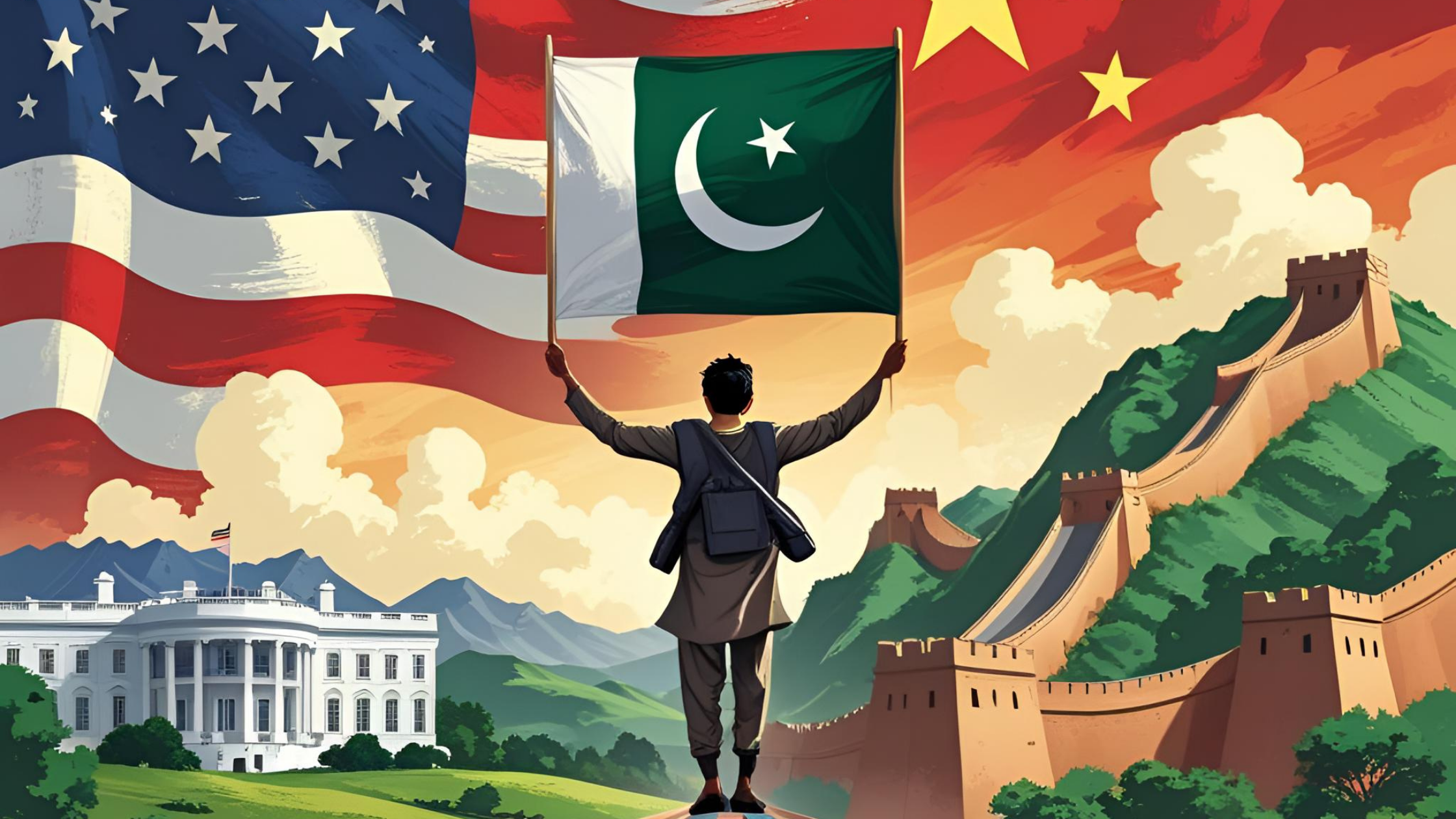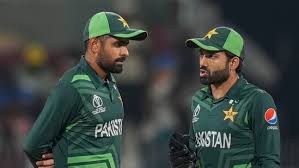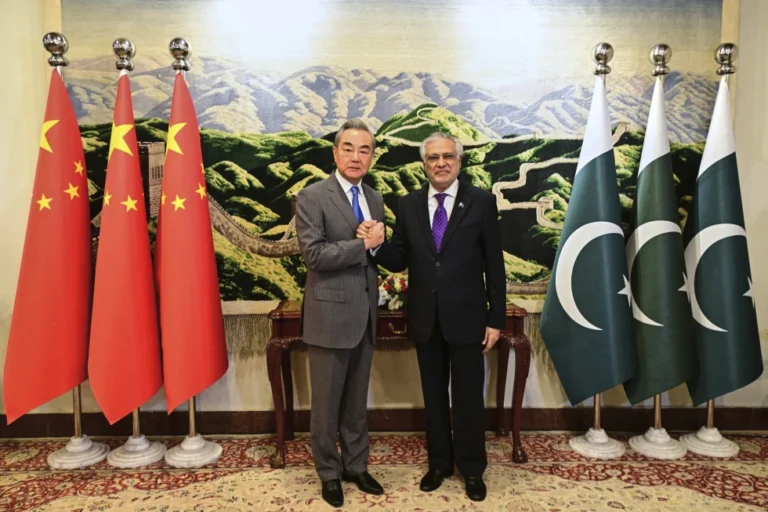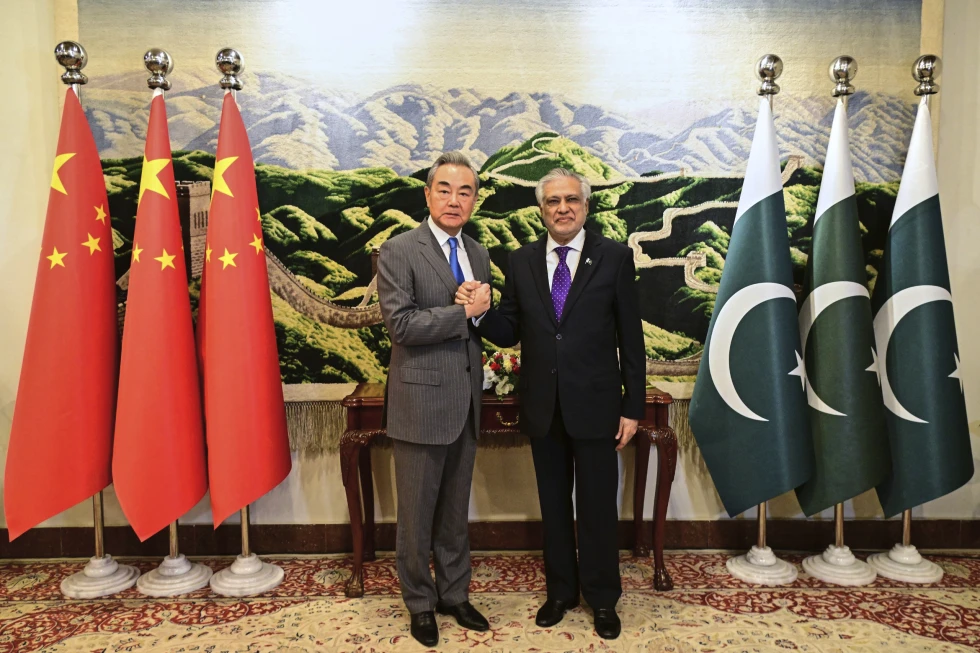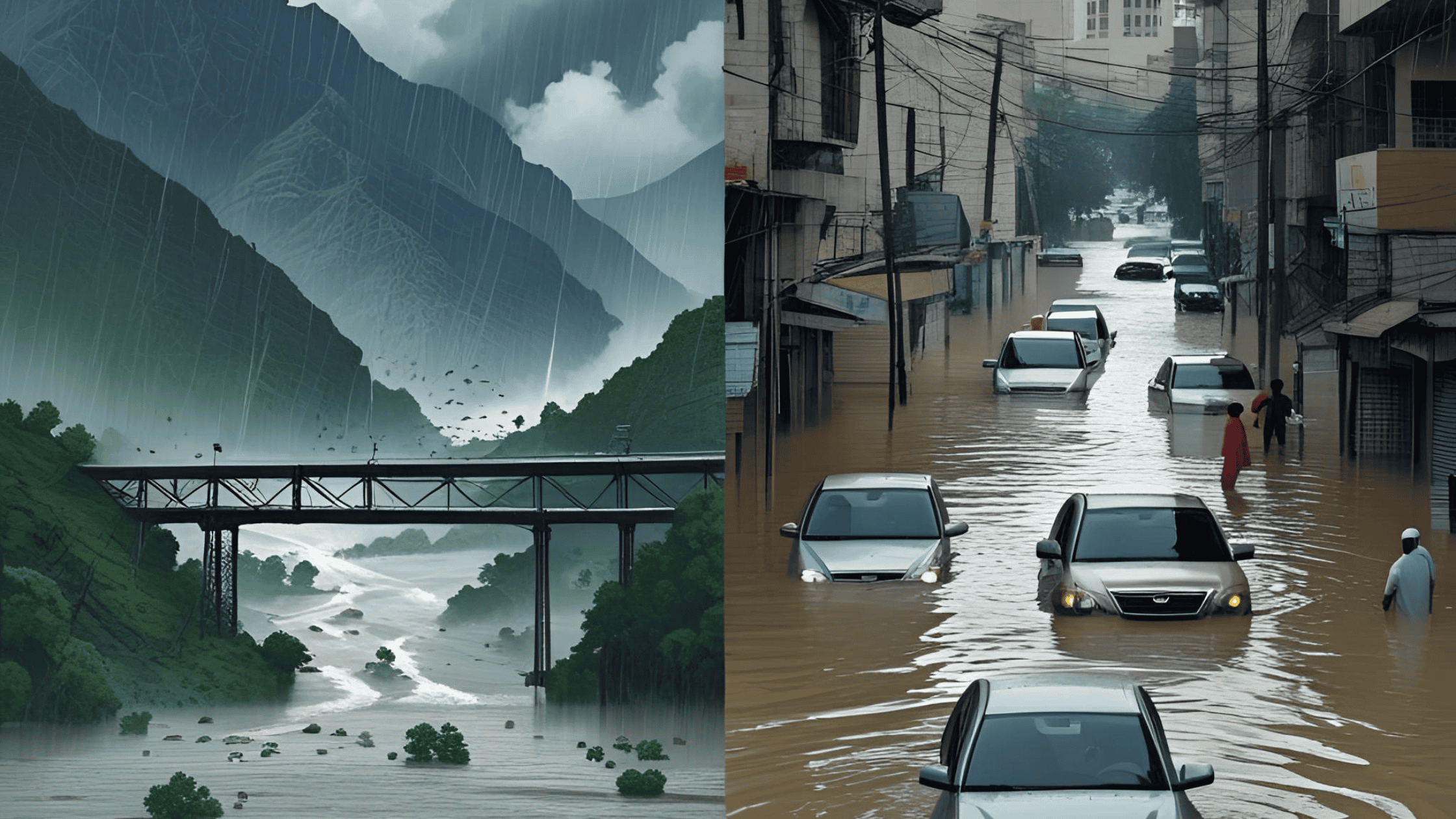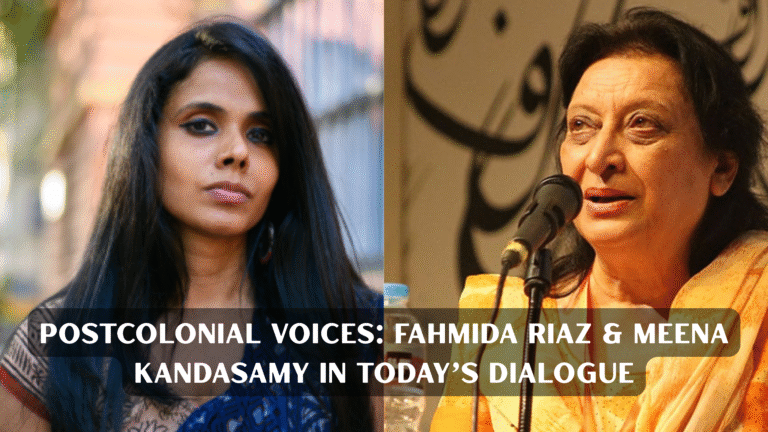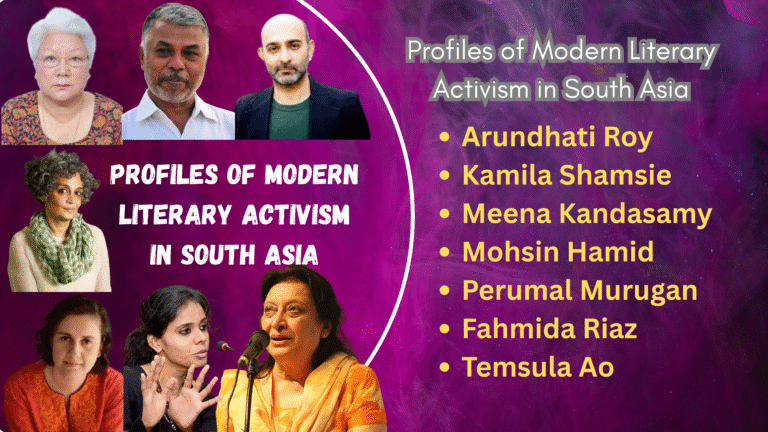From Promise to Collapse : Pakistans Painful Asia Cup Final

From Promise to Collapse: Pakistan’s Painful Asia Cup Final
The 2025 Asia Cup final at the Dubai International Stadium was supposed to be the night Pakistan reasserted its strength in limited-overs cricket. For the first dozen overs, it seemed so. Openers provided a brisk start, boundaries came thick and fast, and the scoreboard flashed 113/2 inside 13 overs. But what followed was not just a batting collapse—it was a disintegration of temperament, focus, and planning, unraveling in front of a packed house.
Pakistan’s total halted at a meager 146, a score that could never test a batting unit as seasoned as India’s. The eventual defeat was not just about losing a cricket match; it was about squandered potential and missed moments that could have altered the course of the game.
The Bright Start and the Shocking Collapse
The match began in promising fashion for Pakistan. Fakhar Zaman’s aggression up top and Babar Azam’s calm accumulation provided the kind of platform fans had been yearning for in high-stakes games. At 113 runs in under 13 overs, the stage was set for a 180-plus total—one that could have put India under pressure in a final.
Instead, wickets fell like dominoes. Babar’s dismissal triggered panic. Middle-order batsmen, instead of rotating the strike, went searching for expansive strokes. The collapse was not a singular event but a chain reaction of poor shot selection, rash running between the wickets, and an inability to reset after each dismissal. From 113/2, Pakistan lost eight wickets for just 33 runs.
Such a collapse does not merely expose technical flaws—it underlines psychological fragility. Finals are won as much in the mind as with the bat, and Pakistan’s batting order seemed ill-prepared for the mental battle.
Haris Rauf’s Forgettable Spell
If the batting collapse raised questions about composure, Haris Rauf’s spell compounded the agony with its lack of control. Tasked with providing early breakthroughs or at least containing India’s openers, Haris leaked runs with short-pitched deliveries and inconsistent lines. Instead of using the bounce of Dubai’s surface intelligently, he offered width and length tailor-made for India’s strokemakers.
In finals, bowlers must attack with clarity—disciplined yorkers, well-directed bouncers, and subtle variations. Haris, instead, appeared impatient. His four-over spell not only failed to produce a wicket but also released whatever little pressure Pakistan’s modest total could have exerted. The body language told the story: shoulders slumped, fielders chasing leather, and the captain scrambling for alternatives.
The Cost of Dropped Catches
Big games hinge on fine margins, and Pakistan’s fielding once again betrayed them. Hussain Talat’s dropped catch at midwicket will go down as one of the turning points of the final. The chance came at a moment when India’s innings had not yet fully settled. A breakthrough there could have sparked nerves in the chase.
Instead, the drop breathed confidence into the Indian camp. Runs began to flow freely after that reprieve. In modern cricket, fitness and fielding are non-negotiables; yet Pakistan’s standards continue to lag. For all the focus on batting collapses, it is moments like Talat’s drop that silently tilt the balance of finals.
Mohammad Haris and the Run-Out That Never Was
If Talat’s error gave India momentum, Mohammad Haris’s missed run-out sealed Pakistan’s fate. Fielding at point, he had the chance to catch India’s opener short of the crease with a sharp throw at the stumps. But hesitation cost him: instead of releasing the ball quickly, he took an extra moment, and the opportunity slipped away.
Cricketing history is full of such half-chances deciding finals. That run-out could have pegged India back, forcing them to rebuild under pressure. Instead, India marched on comfortably, the chase reduced to little more than a formality.
A Familiar Script
The collapse in Dubai fits into a larger pattern. Pakistan has a history of faltering in high-stakes games, especially against India. Be it World Cups, Champions Trophies, or Asia Cup finals, moments of brilliance are often undone by lapses in concentration.
The 2025 final was no exception. Tactical indecision—such as the lack of a stabilizer in the middle order, or persisting with bowlers out of form—combined with individual errors to produce a result that fans have witnessed too often.
This predictability is Pakistan’s greatest problem. The talent pool remains rich, but the mental preparation and strategic planning lag far behind modern demands.
What Needs to Change
-
Mental Toughness: Training camps must emphasize pressure situations, simulating the intensity of finals. Batsmen must learn to rebuild after setbacks rather than collapse.
-
Fielding Standards: Pakistan can no longer afford to treat fielding as secondary. Fitness, agility, and anticipation must become central to team selection and training.
-
Bowling Discipline: Haris Rauf’s failure in the final reflects a broader issue of inconsistency. Bowlers need sharper plans, execution under pressure, and adaptability to match conditions.
-
Stable Middle Order: The gap between Pakistan’s openers and finishers remains glaring. Without dependable anchors in the middle overs, collapses will remain inevitable.
A Defeat with Lessons
Cricket is cruel in finals because mistakes are amplified, and triumphs are immortalized. Pakistan’s loss in the Asia Cup final will sting for years not merely because of the margin but because of the manner of defeat.
Yet, hidden in the wreckage are lessons. The dropped catch, the missed run-out, the poor bowling spell—all are reminders that big matches are decided by small moments. To rise again, Pakistan must treat these not as isolated errors but as symptoms of systemic issues that demand urgent correction.
Conclusion
The 2025 Asia Cup final was not lost on the night alone; it was lost in years of inadequate planning, complacency in fielding, and overreliance on individual brilliance. From 113/2 to 146 all out, from missed catches to leaked runs, Pakistan’s defeat was self-inflicted.
As fans walked out of the Dubai International Stadium, their frustration was not at losing to India—it was at losing to themselves. Unless Pakistan learns to marry talent with temperament, the story of bright starts and painful collapses will continue to haunt its cricketing future.
Hassaan Ahmad Awan is a writer, columnist, and poet based in Pakistan. He writes regularly on sports, culture, and society with a focus on critical reflection and reform.
Urdu Version Of The Column:
وعدے سے تنزلی تک: پاکستان کا تکلیف دہ ایشیا کپ فائنل
2025ء کا ایشیا کپ فائنل دبئی انٹرنیشنل اسٹیڈیم میں کھیلا گیا، جس رات پاکستان سے یہ توقع تھی کہ وہ محدود اوورز کی کرکٹ میں اپنی برتری دوبارہ ثابت کرے گا۔ ابتدائی بارہ اوورز تک تو یہی دکھائی دیا۔ اوپنرز نے برق رفتاری سے آغاز کیا، باؤنڈریز لگتی رہیں اور اسکور بورڈ 13 اوورز میں 113/2 چمک رہا تھا۔ لیکن اس کے بعد جو ہوا وہ محض بیٹنگ کا انہدام نہیں تھا، بلکہ مزاج، یکسوئی اور منصوبہ بندی کا شیرازہ بکھر جانا تھا، جو ایک بھرے اسٹیڈیم کے سامنے پیش آیا۔
پاکستان کی اننگز محض 146 پر سمٹ گئی، ایسا اسکور جو بھارت جیسی تجربہ کار بیٹنگ لائن کو کبھی مشکل میں نہیں ڈال سکتا تھا۔ یہ شکست محض ایک میچ ہارنے کی نہیں بلکہ ضائع کیے گئے مواقع اور اس قابلیت کو ضائع کرنے کی تھی جو نتیجہ بدل سکتی تھی۔
روشن آغاز اور حیران کن انہدام
میچ کا آغاز پاکستان کے لیے پرامید تھا۔ فخر زمان کی جارحیت اور بابر اعظم کی پُرسکون بیٹنگ نے وہ بنیاد فراہم کی جس کی شائقین بڑے مقابلوں میں آرزو کرتے ہیں۔ جب 13 اوورز میں 113 رنز بن گئے تو ایک 180 پلس اسکور کی توقع تھی—ایسا ہدف جو فائنل میں بھارت کو دباؤ میں ڈال سکتا تھا۔
لیکن وکٹیں یکے بعد دیگرے گرنے لگیں۔ بابر کے آؤٹ ہونے کے بعد گھبراہٹ چھا گئی۔ مڈل آرڈر کے بیٹسمین اسٹرائیک گھمانے کے بجائے غیر ضروری بڑے شاٹس کھیلنے لگے۔ یہ انہدام ایک حادثہ نہیں بلکہ کمزور شاٹ سلیکشن، غیر محتاط رننگ اور ہر وکٹ کے بعد ازسرنو سنبھلنے میں ناکامی کا نتیجہ تھا۔ 113/2 سے پاکستان محض 33 رنز کے اضافے پر آٹھ وکٹیں گنوا بیٹھا۔
یہ انہدام صرف تکنیکی خامیوں کو ظاہر نہیں کرتا بلکہ ذہنی کمزوری کو بھی عیاں کرتا ہے۔ فائنل صرف بیٹ اور بال سے نہیں بلکہ دماغ سے جیتے جاتے ہیں، اور پاکستان کی بیٹنگ لائن اس ذہنی جنگ کے لیے تیار دکھائی نہیں دی۔
حارث رؤف کا ناقابلِ یادگار اسپیل
اگر بیٹنگ کا انہدام صبر پر سوال کھڑا کرتا ہے تو حارث رؤف کا اسپیل کنٹرول کی کمی کو دوچند کر دیتا ہے۔ انہیں یہ ذمہ داری دی گئی تھی کہ بھارت کے اوپنرز کو ابتدائی نقصان پہنچائیں یا کم از کم رنز کا بہاؤ روکیں، لیکن حارث کی شارٹ بالز اور بے ربط لائن و لینتھ نے رنز لٹوا دیے۔ دبئی کی پچ کے باؤنس کو ہوشیاری سے استعمال کرنے کے بجائے انہوں نے بھارتی بیٹسمینوں کے لیے آسان گیندیں پیش کیں۔
فائنل میں بولرز کو واضح حکمتِ عملی کے ساتھ حملہ آور ہونا چاہیے—ڈسپلن کے ساتھ یارکرز، درست باؤنسرز اور باریک تغیرات۔ لیکن حارث بے صبر نظر آئے۔ ان کے چار اوورز کا اسپیل نہ وکٹ دلوا سکا اور نہ دباؤ پیدا کیا۔ جسمانی زبان ہی سب کچھ بتا رہی تھی: جھکے کندھے، فیلڈرز گیند کے پیچھے بھاگتے ہوئے، اور کپتان متبادل آپشنز کی تلاش میں پریشان۔
ڈراپ کیچ کی قیمت
بڑے میچ چھوٹی غلطیوں پر فیصلہ ہوتے ہیں، اور پاکستان کی فیلڈنگ نے ایک بار پھر ساتھ نہیں دیا۔ حسین طلعت کا مڈوکٹ پر ڈراپ کیچ اس فائنل کا ایک بڑا موڑ تھا۔ یہ موقع اس وقت آیا جب بھارت کی اننگز ابھی مستحکم نہیں ہوئی تھی۔ وہاں اگر وکٹ مل جاتی تو دباؤ بڑھ سکتا تھا۔
لیکن یہ ڈراپ بھارتی بیٹسمینوں کے اعتماد میں اضافے کا باعث بن گیا۔ اس کے بعد رنز آسانی سے آنے لگے۔ جدید کرکٹ میں فٹنس اور فیلڈنگ بنیادی تقاضے ہیں، مگر پاکستان کے معیارات اب بھی پیچھے ہیں۔ بیٹنگ کے انہدام پر توجہ ضرور دی جاتی ہے لیکن حسین طلعت جیسے مواقع کھونا ہی فائنلز کا رخ بدل دیتے ہیں۔
محمد حارث اور رن آؤٹ کا ضائع ہوا موقع
اگر طلعت کی غلطی نے بھارت کو اعتماد دیا تو محمد حارث کی جانب سے رن آؤٹ ضائع ہونا پاکستان کی شکست پر مہرِ تصدیق ثابت ہوا۔ پوائنٹ پر فیلڈنگ کرتے ہوئے ان کے پاس موقع تھا کہ بھارتی اوپنر کو ایک تیز تھرو سے رن آؤٹ کر دیں، لیکن لمحے بھر کی جھجک نے سب ضائع کر دیا۔ انہوں نے گیند ایک لمحہ دیر سے پھینکی اور بیٹسمین کریز میں پہنچ گیا۔
کرکٹ کی تاریخ میں ایسے مواقع فائنل کا فیصلہ بدل دیتے ہیں۔ وہ رن آؤٹ بھارت کو دباؤ میں لا سکتا تھا، لیکن اس کے بغیر بھارتی اننگز آرام سے آگے بڑھتی گئی اور ہدف محض رسمی کارروائی بن گیا۔
ایک مانوس کہانی
دبئی کا انہدام پاکستان کی پرانی کہانی ہے۔ بڑے مقابلوں میں، خاص طور پر بھارت کے خلاف، پاکستان اکثر دباؤ برداشت نہیں کر پاتا۔ ورلڈ کپ ہو، چیمپئنز ٹرافی یا ایشیا کپ کے فائنلز—چند لمحوں کی شاندار کارکردگی عموماً ارتکاز کی کمی سے ضائع ہو جاتی ہے۔
2025ء کا فائنل بھی اس سے مختلف نہ تھا۔ مڈل آرڈر میں مستقل مزاجی کی کمی، یا کم فارم بولرز پر اصرار جیسے فیصلے، سب مل کر وہ نتیجہ لے آئے جس کے شائقین عادی ہو چکے ہیں۔
یہی پاکستان کا سب سے بڑا مسئلہ ہے: ٹیلنٹ کی کمی نہیں، ذہنی تیاری اور حکمتِ عملی کی کمی ہے جو جدید کرکٹ کے تقاضوں سے پیچھے ہے۔
کیا بدلنے کی ضرورت ہے؟
-
ذہنی مضبوطی: ٹریننگ کیمپس میں دباؤ والے حالات کی مشق کرائی جائے تاکہ بیٹسمین وکٹ گرنے کے بعد سنبھلنا سیکھ سکیں۔
-
فیلڈنگ کا معیار: اب پاکستان مزید فیلڈنگ کو ثانوی حیثیت نہیں دے سکتا۔ فٹنس، پھرتی اور اینتیسپیشن انتخاب اور ٹریننگ کا مرکزی حصہ ہونا چاہیے۔
-
بولنگ ڈسپلن: حارث رؤف کا اسپیل بڑی تصویر کی علامت ہے۔ بولرز کو منصوبہ بندی، دباؤ میں درست عمل اور کنڈیشنز سے مطابقت سیکھنی ہوگی۔
-
مستحکم مڈل آرڈر: اوپنرز اور فنشرز کے درمیان خلا بدستور موجود ہے۔ جب تک قابلِ اعتماد بیٹسمین مڈل اوورز میں نہیں آئیں گے، انہدام ہمیشہ ممکن رہے گا۔
سبق آموز شکست
فائنل کرکٹ میں ظالم ہوتے ہیں کیونکہ یہاں غلطیاں بڑھا چڑھا کر دکھائی دیتی ہیں اور کامیابیاں ہمیشہ کے لیے یاد رہتی ہیں۔ پاکستان کی ایشیا کپ فائنل میں شکست برسوں تک چبھتی رہے گی، صرف اس لیے نہیں کہ کتنا بڑا فرق تھا بلکہ اس لیے کہ کس انداز میں یہ شکست ہوئی۔
تاہم انہدام کے ملبے میں سبق بھی موجود ہیں۔ ڈراپ کیچ، ضائع ہوا رن آؤٹ، ناقص بولنگ اسپیل—یہ سب یاد دہانیاں ہیں کہ بڑے میچ چھوٹے لمحوں پر جیتے یا ہارے جاتے ہیں۔ پاکستان کو ان کو الگ الگ واقعات نہیں بلکہ نظامی مسائل کی علامت سمجھنا ہوگا اور فوری اصلاح کرنا ہوگی۔
نتیجہ
2025ء کا ایشیا کپ فائنل صرف اسی رات نہیں ہارا گیا، یہ سالوں کی ناقص منصوبہ بندی، فیلڈنگ میں غفلت اور انفرادی مہارتوں پر حد سے زیادہ انحصار کی بدولت ہارا گیا۔ 113/2 سے 146 آل آؤٹ، ڈراپ کیچ سے لیکر رنز لٹانے تک، یہ شکست پاکستان نے خود اپنے ہاتھوں سے تراشی۔
جب شائقین دبئی انٹرنیشنل اسٹیڈیم سے باہر نکلے تو ان کا غصہ بھارت سے ہارنے پر نہیں بلکہ خود سے ہارنے پر تھا۔ جب تک پاکستان ٹیلنٹ کو ضبط اور حکمتِ عملی کے ساتھ نہیں جوڑے گا، روشن آغاز اور تکلیف دہ انہدام کی کہانی اس کے کرکٹ مستقبل کا پیچھا کرتی رہے گی۔
حسّان احمد اعوان پاکستان کے ایک مصنف، کالم نگار اور شاعر ہیں۔ وہ کھیل، ثقافت اور معاشرے پر تنقیدی نظر اور اصلاحی پہلو کے ساتھ باقاعدگی سے لکھتے ہیں۔


